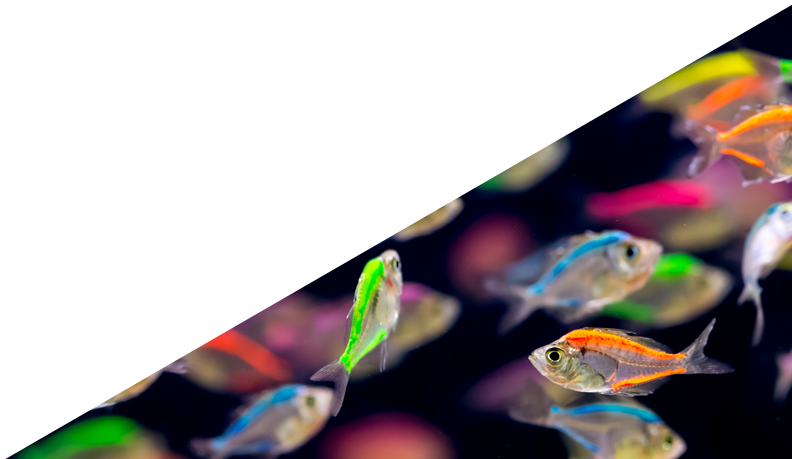Filtering by:
Models & Methods
Edit Filters
21 Results
Description
The Difference Matrix uncovers the dynamics inside a human system and helps you understand the kinds of changes that are most likely to unfold. Within any container, it reveals and opens options for action to influence the speed and path of change in a self-organizing system.
Description
To work in complex environments, you and your team must learn continually. It is not enough for individuals to learn for themselves, the team also needs a discipline for learning together. Based on a practice in the US Air Force, we encourage teams to surface their failures and concerns after every significant effort or event. By acknowledging and talking about their experiences, the group can see, understand, and influence patterns to improve performance in their next engagement.
Teaching & LearningBuild Adaptive Capacity
The Learning Triangle, as a model, represents the interplay and interdependence of what you “know” and what you “do.” It describes the relationship between using theory to inform experience and action, and using what you learn from experience and action to inform theory. That relationship and how it plays itself out for a learner is the definition of praxis. As a method, the Learning Triangle provides insights that can inform your action as you create a more engaging and productive learning ecology for others to build their own praxis.
Build Adaptive Capacity
Inquiry is about questions. It is approaching every interaction, every situation, every opportunity with questions about what can be learned in this moment, in this situation, with this person. In the emergent, unpredictable world of complex systems, inquiry is the only way you can move forward.
Collaborate to Create Community
The Decision Map is a representation of the factors and considerations that influence decisions. Whether you are trying to understand someone else's decisions or consider your own, the Decision Map provides meaningful insights to inform your perspective and action.
Collaborate to Create Community
Generative Engagement sets conditions for people to create mutual learning and transformation. It opens shared space so each person has what they need to participate in and contribute to the full functioning of a whole group. Every generative engagement is unique, because it emerges to fit patterns in the moment. We have found, though, that shared identity, a balance of power and influence, and shared voice are conditions that can usually shape patterns of Generative Engagement.
Lead in Complexity
Interdependent Pairs is a model and method that allows individuals and groups to explore the paradoxes that emerge from the complexity in their systems. In a complex system, there is very little that is all or nothing. The challenges that have you stuck are the ones where there is no clear one-way consideration. The stickiness of your issues comes because you move on shifting landscapes between the extreme positions on the questions you face.
Join a global network of learning about HSD!
As a member of the network, you will receive weekly notices of events, opportunities, and links to blogs and other learning opportunities. Additionally, you will have the option to unsubscribe at any point, should you decide to do so.


